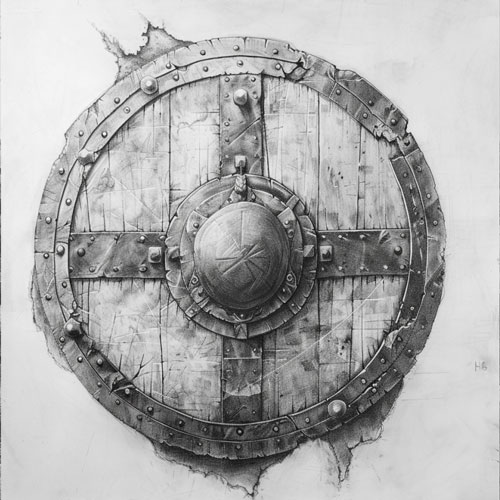Hello!
Before I add some new tactical themes for the Intermediate player, I have decided to write my last blog on defense! In a previous blog, we discussed four ways to defend pieces.
- Protect (green arrow)
- Move away (yellow arrow)
- Capture (red arrow)
- Interpose with a piece (blue arrow)
There is more to say about some of the methods of defense.
When you protect, you often move a second piece to help. The piece you move then protects the piece which is being attacked.
Example 1
In the position below, the pawn on a3 cannot be protected like that. Despite that, White has a way to protect his pawn.
Line clearing!
White has a cunning way to protect his pawn. He clears the third rank by moving his pawn forward.
Example 2
In the position below, the knight on h8 has no retreat square. White must protect his knight. He can do that by clearing the way for another piece.
White protects the knight by freeing the diagonal to h8 for his bishop.
Example 3
Line clearing is an indirect way of defending. We must understand this pattern deeply.
Let’s look at an instructive example from one of my student’s games. Here he was playing Black as White has threatened a mate. You must defend against this threat.
What do you think he would have played?
He protected against the mate by freeing the rank to g7 for his queen! (14…f5!) Releasing one of your own pieces’ files, a rank or a diagonal is what we call clearing a line. (14…g6? 15.Bxf8 loses the exchange!) (14…Qf6?? 15.Bg5! and the black queen is trapped!)
Example 4
In the next illustrative example, the rook on h8 does not have a single escape square. Here too, Black can protect his rook. We shall learn a new way to protect pieces.
X-ray protection
The bishop is protecting its own rook which is on the other side of the queen from the bishop. We call this indirect method of protection X-ray protection.
Example 5
In the following example, as you can see, the black rook can capture the queen, but that would be a wrong move! The white pawn can capture with a promotion.
A better move would be 1…Kd8-c7 and both rooks are protected. X-ray protection!
Example 6
In the position below, the rook on c1 is being attacked. How should White defend? Capturing is out of the question. After exchanging rooks, White is mated. All that is left to him is to move away.
Moving away to a protected square!
The rook moves to f1, where it is protected by the king. What is interesting about this position is that the two rooks are still attacking each other.
Example 7
The a-pawn is in danger, and it can save itself by moving two squares up for protection, thanks to the b-pawn!
Summing up
For the defensive methods of protecting and moving away, we have now reached a point where you have to do more thinking on your own than you did in the basic part.
For protecting, you now know about line clearing and X-ray protection. In the next diagram, the move f6-f5 is line clearing and the protection of the knight by the rook is X-ray protection.
When two similar pieces are attacking each other, moving away to a protected square while keeping up the attack is a method worth knowing. It’s all about knowing these things.
To get out of check, it is important to think things out properly. Go through all the methods and choose the best one. Don’t make the first move that comes into your head.
The same is true when you recapture a piece. Is there more than one way? Then look at all of them.
You can find some more examples on this topic in my library here.




